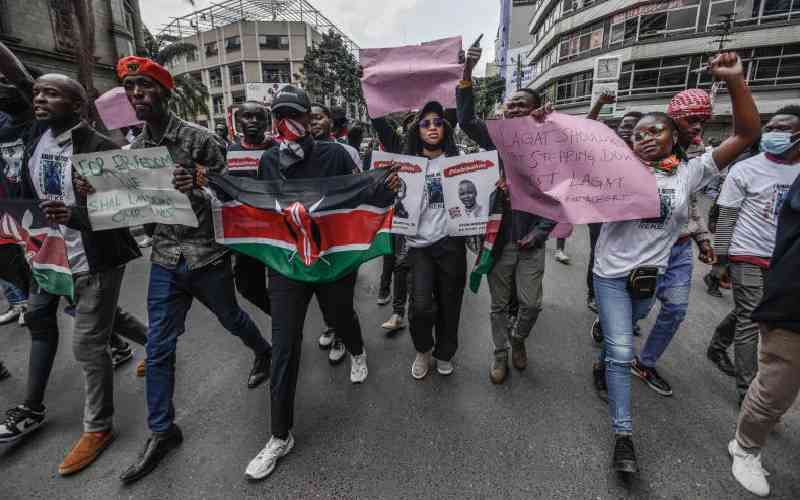Gen Z Protests and Activist Crackdown in Kenya

Kenya is bracing for significant protests on June 25, 2025, marking the first anniversary of the 2024 youth-led demonstrations that fundamentally reshaped the nation's political landscape. What began as opposition to the Finance Bill 2024 morphed into a widespread, youth-driven movement, primarily led by Generation Z, reflecting deep frustrations over the rising cost of living, rampant unemployment, police brutality, and a perceived lack of government accountability. These protests, though largely spontaneous and decentralized, became a defining chapter in Kenya's democratic journey, showcasing both the transformative potential and the perils of rage-fueled resistance.
The immediate and clearest outcome of the 2024 protests was the government's withdrawal of the contentious Finance Bill 2024/2025, bowing to sustained public pressure. This rare instance of citizen mobilization directly influencing fiscal policy served as a powerful reminder of civic pressure's potential. Beyond the bill's halting, the protests also succeeded in reshaping Kenya's public discourse, shifting focus from elite rivalries to substantive issues such as the high cost of living, youth unemployment, excessive taxation, and police excesses. This civic awakening saw Gen Z emerge as a formidable force, organizing through digital platforms and rallying support from civil society, religious groups, and professional bodies, creating one of the most inclusive protest movements in recent Kenyan history.
However, the demonstrations were not without severe consequences. According to the National Police Service, over 270 individuals engaged in criminal activity, leading to property damage and economic disruption in key sectors like transport, trade, and tourism, particularly in urban centers such as Nairobi and Kisumu. The World Bank warned that prolonged unrest could jeopardize Kenya's projected economic growth. More tragically, human rights organizations reported a significant toll: the Kenya National Commission on Human Rights cited 69 deaths, 32 enforced disappearances, and 627 arrests. A new report by the Independent Medico-Legal Unit (IMLU) documented 63 deaths, 63 abductions, 26 missing persons, and over 600 injuries, alongside widespread cases of torture and illegal detention. IMLU's report highlighted systemic flaws in Kenya's public order management, noting that law enforcement agencies often ignored de-escalation strategies, instead employing military-style tactics including live ammunition, rubber bullets, and tear gas. The report also pointed to the alarming emergence of enforced disappearances and torture, historically associated with anti-terror operations, as new features in suppressing political dissent.
The IMLU report further revealed that out of 298 reported violations, 88 percent of victims were male, with deaths overwhelmingly caused by gunshots and blunt force trauma. Pathologists contracted by IMLU conducted 48 autopsies, including one on a 12-year-old child. These killings, according to IMLU, were not random but represented deliberate targeting of protest participants. The report lays blame on the State's failure to enforce command accountability, noting that while a few junior police officers have faced trial, most senior officials remain untouched. The death of blogger Albert Ojwang in police custody on June 7, with murder charges now approved against police officers and civilians, and the disappearance of blogger Ndiangui Kinyagia after a police raid on his home, underscore the ongoing concerns about police impunity and human rights violations.
Despite the impressive energy and mobilization, the 2024 protests also exposed structural weaknesses, notably the absence of clear leadership, which meant limited coordination for long-term objectives or policy alternatives. Without a structured movement or political vehicle, many demands risk being forgotten once public attention shifts. Political commentator Didmus Mokua observed that while the protests created space for President Ruto to form a











